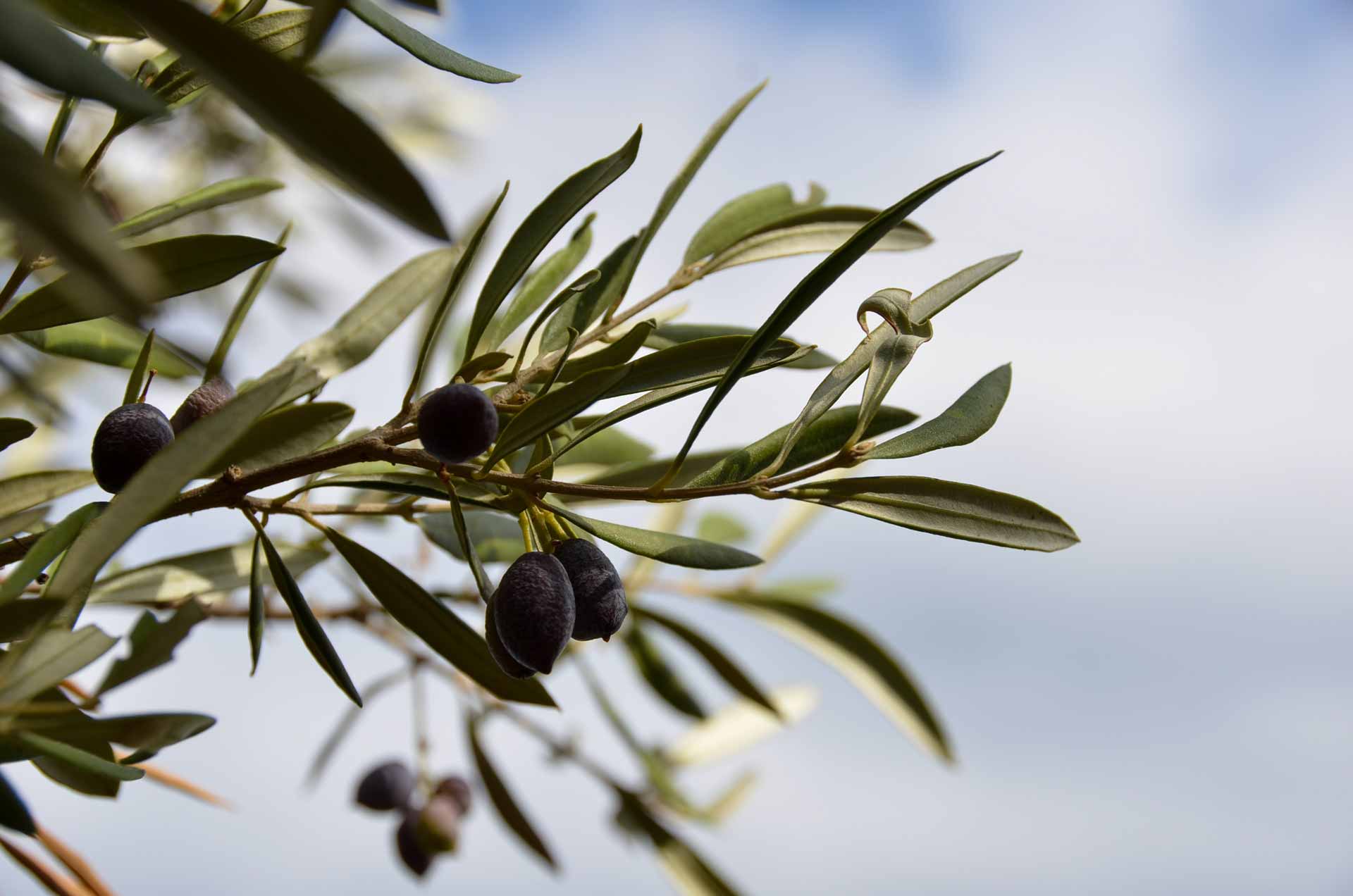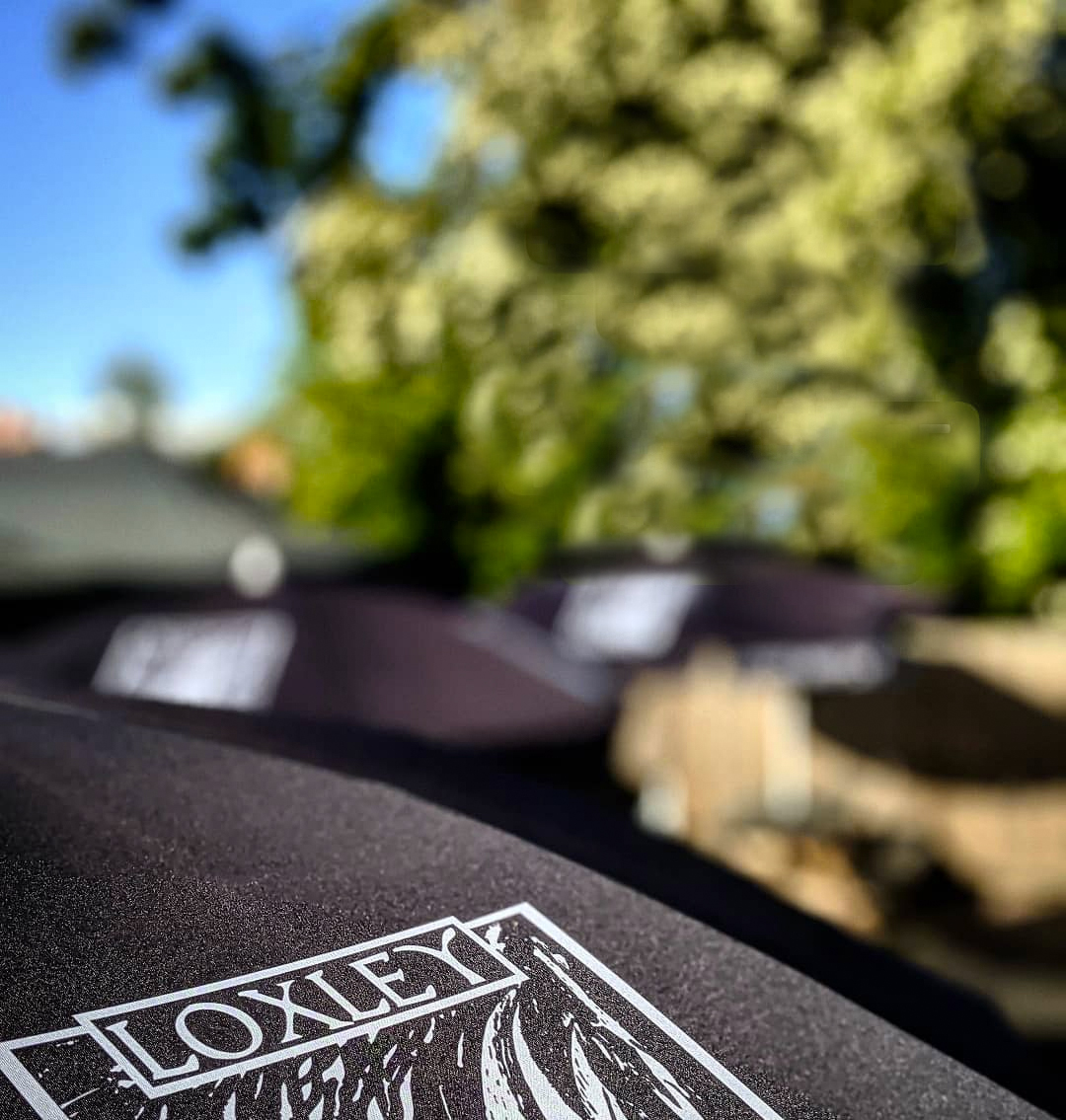There’s nothing quite as satisfying as that moment you get to the bottom of a bottle of beer and entertain the idea of getting another cool one from the fridge.
But, before you do, it’s customary to try to slurp every last drop of golden goodness from the bottle, right?! Only you may have noticed with some beers – usually ones you haven’t picked up from a supermarket – that those last dregs aren’t golden nor delicious but brown and ‘slurmy’ (a technical phrase, I can assure you!).
That would be yeast sediment.
Unlike a bottle of factory producer lager, which has undergone the process of pasteurisation and intense filtering, stripping whatever flavour those beers had left in them, many (if not most) beers you’re likely to buy from small independent breweries are likely to have a small degree of live yeast sediment left in the package.
Understanding the Role of Yeast in Cask Conditioning
Firstly, let’s look at cask conditioned beers.
Cask beer always contains some live yeast cells to undertake a small secondary fermentation while in the pub cellar. When the beer in pumped through the beer engine and ends up in your glass, you’re left with a softly carbonated beer and slight tingle on the tongue, which is the result of this ‘cask conditioning’.
After this conditioning phase – which occurs prior to appearing on the bar – the yeast then settles to the bottom of the cask, the dregs are discarded once the barrel is empty and you – as the punter – are none the wiser.
So, why the sludge in my bottle…?
Bottle conditioning works pretty much in the same way as cask conditioning, only the conditioning is happening in a different container: a glass bottle.
A small amount of sugar is added to the beer as it is packaged into bottles and the live yeast cells happily munch on the simple sugars whilst in that bottle, releasing CO2.
With nowhere to go, the CO2 is trapped in the bottle and forced back into the beer, which makes the beer fizzy and a delight to drink.
Once the yeast has finished its job, it settles into the bottom of the bottle, very much like it does a cask. Only you, as the consumer, come into contact with it this time very much in the same way a landlord would with the sediment in an empty cask.
Further advantages of bottle conditioned beers
Bottle conditioned beers contain live yeast for several reasons. The first, as we’ve just explored, enable the beer to naturally carbonate in the package rather than be force injected with CO2 at the brewery.
Bottle conditioning serves other purposes and has many advantages over filtered beer.
Beer and oxygen aren’t friends. When oxygen dissolves into beer, over time, the beer changes in character, usually in a negative way. Cardboard, sherrylike and stale flavours emerge and the beer gradually changes colour (usually going brown from gold) and hazier (depending on the beer style).
The process of managing dissolved oxygen levels are harder to manage when packaging forced carbonated and filter beer with the absence of yeast.
Fortunately, bottle conditioned beers containing live yeast are natural scavengers of any oxygen that may have made their way into the bottle through the packaging process, meaning that many bottle conditioned beers can last for years (if the brewers have taken care while packaging, which we certainly do!) and still taste good for a long time if stored properly.
Also, yeast is a key ingredient of beer. And while you may not want a mouthful of yeast sediment or want it in your glass, the conditioning itself from a small amount of yeast contribute further complex flavours and aromas that you would be missing out on if it were filtered out.
How to serve bottle conditioned beers
Like pulling the perfect pint, pouring the perfect bottle conditioned beer takes a little preparation and practise.
Firstly, ensure the beer is cool, ideally around 12C. Too cold and you’ll knock all the flavour out of the beer. Too warm and you’ll probably have a foamy battle on your hands.
Store the beer in a cool place upright and undisturbed for a while before you crack it open. Don’t rush home from the shop and crack it open straight away as all that yeast will be suspended back in the beer. Ideally, you want it to settle out.
Crack the lid off carefully with a bottle opener and pour gently, leaving the sediment at the bottle of the bottle. Whatever you do, don’t swirl it around and pour it into your beer!
So, the next time you buy a bottle conditioned beer and encounter that brown sludge in the bottom of the bottle, don’t be alarmed: it’s meant to be there, it’s perfectly natural and it’s been on quite an amazing journey to make your beer taste fantastic.





